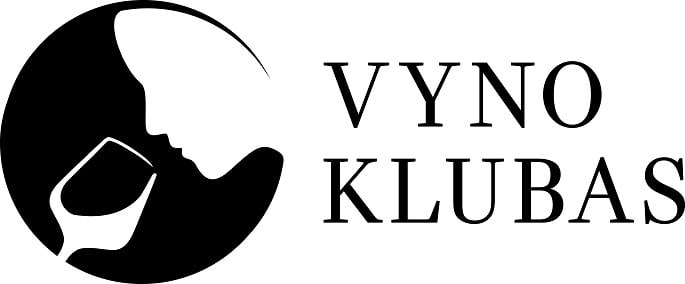Jānis Avotiņš: ŠVENTĖ
Vartai gallery is proud to present a solo show by the Latvian artist Jānis Avotiņšto coincide with the celebration of the centenary of the declaration of independence by the Baltic States.
The timing and title of the exhibition refer to this event. Not long ago, celebrations were a powerful tool of manipulation in the hands of the Soviet authorities. Just as everything else that was forced upon people in the name of ideological goals, the compulsory nature of public manifestations tended to destroy rather than foster a sense of togetherness. Spontaneous and voluntary expressions of communal spirit were a threat to Soviet power and therefore undesirable.
Exhibition curator
Māris Vītols
Jānis Avotiņš (b. 1981 in Riga, Latvia) is one of the most striking and important figures on the Baltic contemporary art scene. Avotiņš made his artistic debut in the early 2000s, after graduating from the Department of Painting at the Art Academy of Latvia. A frequent contributor to group exhibitions, the artist has mounted over thirty solo exhibitions in museums and art galleries worldwide. His works are held in important contemporary art collections, including, among others, François Pinault (France), Charles Saatchi (London, UK), Olbricht (Berlin, Germany), Fondazione Sandretto Re Rebaudengo (Turin, Italy), the Hort Family Collection (New York, USA), and the Rubell Family Collection (Miami, USA). In 2016, he received the Prix Jean-François Prat, awarded for contemporary painting. The artist resides and works in Riga (Latvia).
Maecenas
Živilė and Jonas Garbaravičius
Patron
Renata and Rolandas Valiūnai
Exhibition supported by
State Culture Capital Foundation
Partners
Embassy of Latvia in Lithuania, Latvijas kultūras projekti, Vilnius Teachers‘ House
Gallery supported by
Vilnius City Municipality, Art Fund, Vilma Dagilienė, Romas Kinka, Lietuvos Rytas, Ekskomisarų biuras
Graphic design
Jurgis Griškevičius
For collaboration on this project we are grateful to: Dina & Janis Zuzāni / Valdis Jākobsons & Blankenfelde Manor / Ibid Gallery / Galerie Vera Munro / Galerie Rüdiger Schöttle
Vartai gallery is proud to present a solo show by the Latvian artist Jānis Avotiņš to coincide with the celebration of the centenary of the declaration of independence by the Baltic States.
The timing and title of the exhibition refer to this event. Not long ago, celebrations were a powerful tool of manipulation in the hands of the Soviet authorities. Just as everything else that was forced upon people in the name of ideological goals, the compulsory nature of public manifestations tended to destroy rather than foster a sense of togetherness. Spontaneous and voluntary expressions of communal spirit were a threat to Soviet power and therefore undesirable.
Over the course of many years, the Latvian artist Jānis Avotiņš has gained inspiration and motifs for his work in the visual legacy of the recent past, including photographs found in state and private archives, retouched Soviet-era press illustrations and city guidebooks. Avotiņš delves into this cultural and historical legacy not only for building blocks for his creative output but acts as a careful archeologist, attempting to free his paintings and drawings from unnecessary semantic layers, often erasing indications that would place his figures in a specific time frame. The artist moves images of the past to a different universe, a dimension of time characteristic only of a work of art, the ’now’ of art. His monochromatic figures become solemn memory images surfacing to our conscious from a distant or more recent past. Avotiņš’s work is characterized by a special intimacy, and viewers are invited to complement it with themes from their own personal experience. At the same time, they are open to the widest possible perceptions and interpretations, so that each viewer can fill in the blanks and create a common sense of memory.
Expressed in images of shared memory, the art of Jānis Avotiņš is like a festive celebration in that it offers something to unite us. Celebration is the most complete form of communal experience, through which people regain their shared existence. The aesthetic quality of Avotiņš’s work thus also becomes especially important, since the aesthetic experience when shared fosters ’sociability’, raises an individual’s desire to communicate with others, and helps form social bonds and unite people in a cohesive society. It is not necessary for thousands to join hands in order to experience the feeling of community. The shared experience of art can also serve this purpose.
The organizers of the exhibition invite every visitor to participate in the artist’s interactive installation and symbolically ring in the bells that herald the time for art and festive celebration, to once again be open to the experience of community and together celebrate the centenary of the declaration by the Baltic States of their independence.





